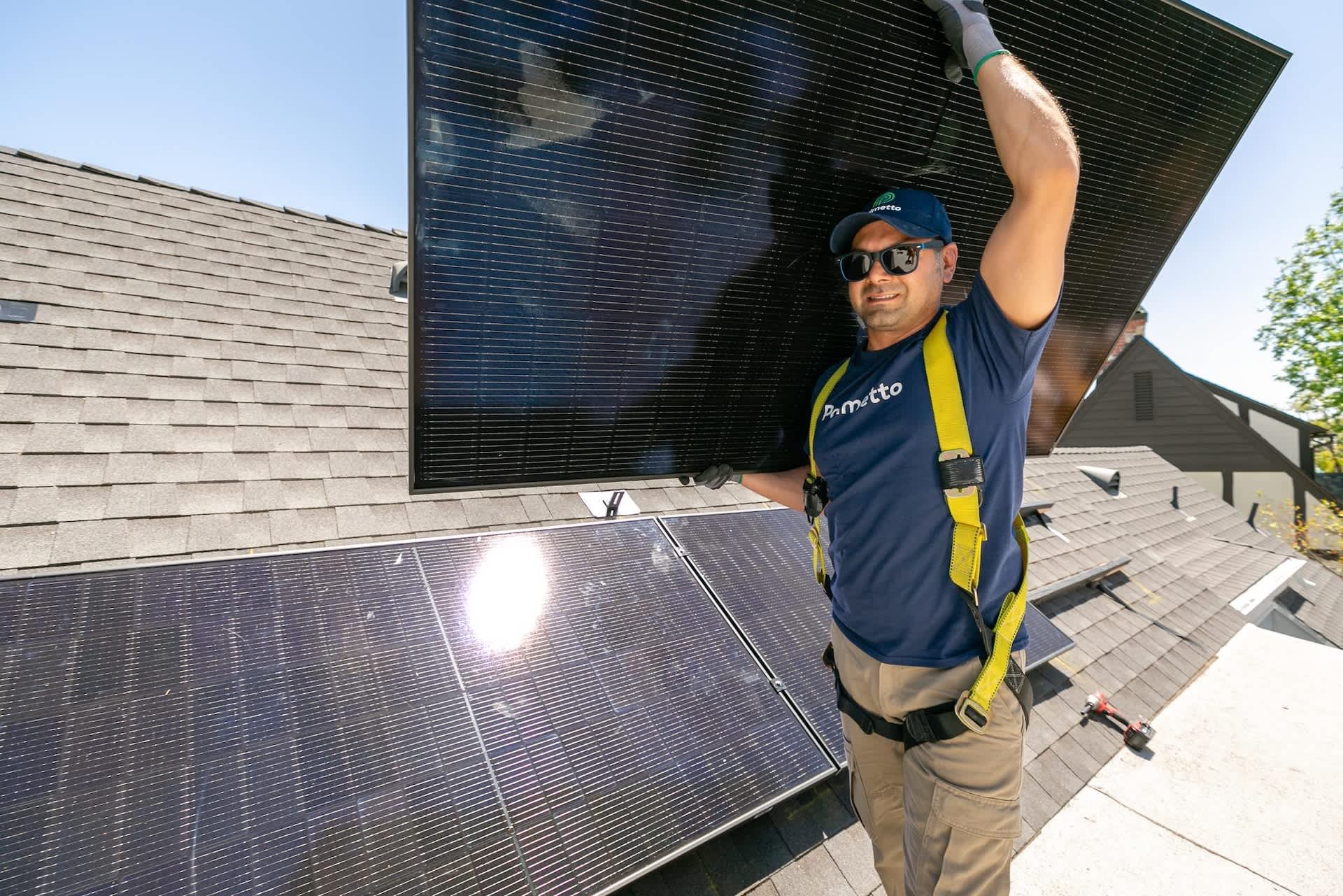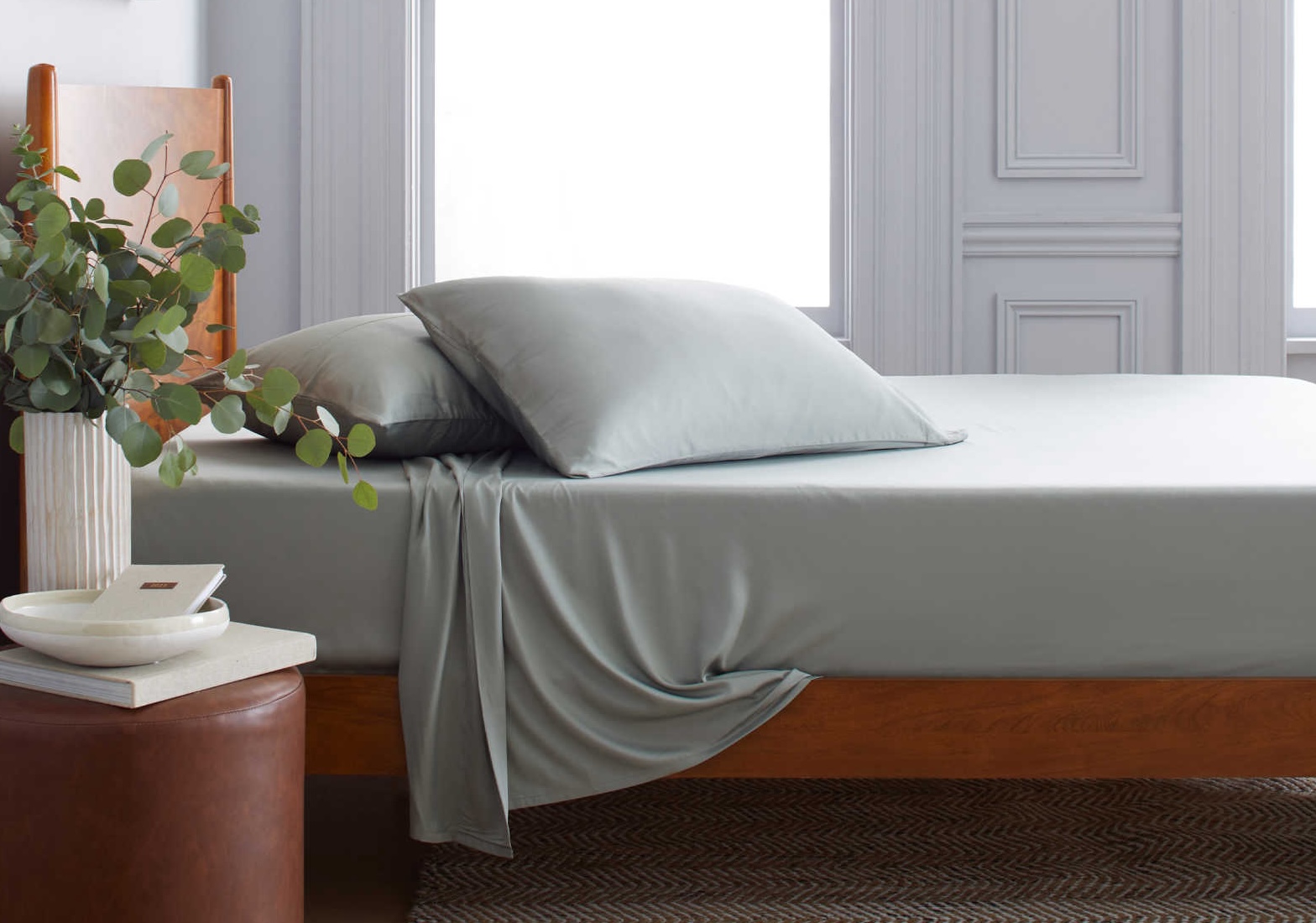A horticulturist wrote an article on Reddit to warn homeowners of the disadvantages of landscape fabric.
They named soil degradation, inhibited water infiltration, and lack of weed prevention among the reasons to avoid the material.
"Landscape fabric is never a permanent solution like it is advertised to be," the poster stated. "It will degrade over time due to exposure to sunlight, temperature fluctuations, and other environmental factors. When it degrades, it can be challenging to remove and will leave a lot of leftover microparticles of synthetic material in your garden."
The expert confirmed that the textile cannot control weeds, as organic matter and windborne seeds accumulate atop the fabric.
Perhaps the most problematic aspect is what it can do to your ecosystem. The barrier the product creates between the soil and air minimizes microbial activity and nutrient cycling and reduces sunlight exposure, which can stress plants.
The fabric can also stunt vegetation growth, especially if you try to grow on top of it.
Can't afford solar panels? Here's how to get them without paying for purchase or installation Palmetto's revolutionary LightReach program gives you all the benefits of solar power without the upfront costs. LightReach lets you lease solar panels with no money down, making it easier than ever to lock in energy savings. Palmetto assumes all risk and responsibility for the panels you lease, which means you'll get reliable performance without unforeseen costs. To get started, just answer a few basic questions about your home and learn how much you can save. Learn more → |
"The roots struggle to form natural connections with the beneficial soil microbes and cannot find the underground water table," the horticulturist wrote. "(This makes them super susceptible to drought and diseases.)"
They touted cardboard and newspaper as more sustainable options that "feed the soil microbes instead of killing them."
Those natural alternatives also prevent the leaching of harmful plastic into our waterways. Since plastic takes hundreds of years to break down, fabric and other plastic-based landscaping "solutions" — one landscaper used mulch bags in this manner — are actively harmful.
Microplastics in our soil are even killing underground species and creating toxic waterways.
TCD Picks » Quince Spotlight

A commenter on this thread signaled a warning about landscape fabric — 20 years after they used it and river rocks in a grass replacement project.
"The ground underneath is like concrete," they wrote. "In looking back [I] would have just used the stone and delt with the weeds, it is almost impossible to plant anything were the fabric is the ground is just to hard."
Another user said it was a nightmare to remove the landscape fabric the previous owner of their home installed: "I have to use a box cutter and brute force to cut out each segment. It does not keep weeds down or seem to have any useful purpose."
Join our free newsletter for easy tips to save more, waste less, and help yourself while helping the planet.













